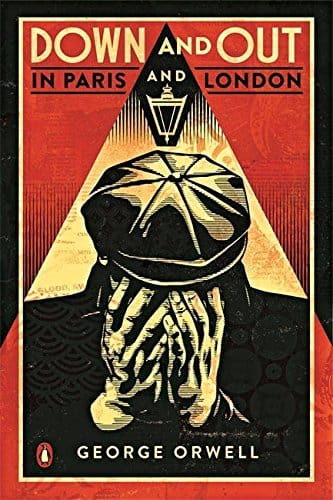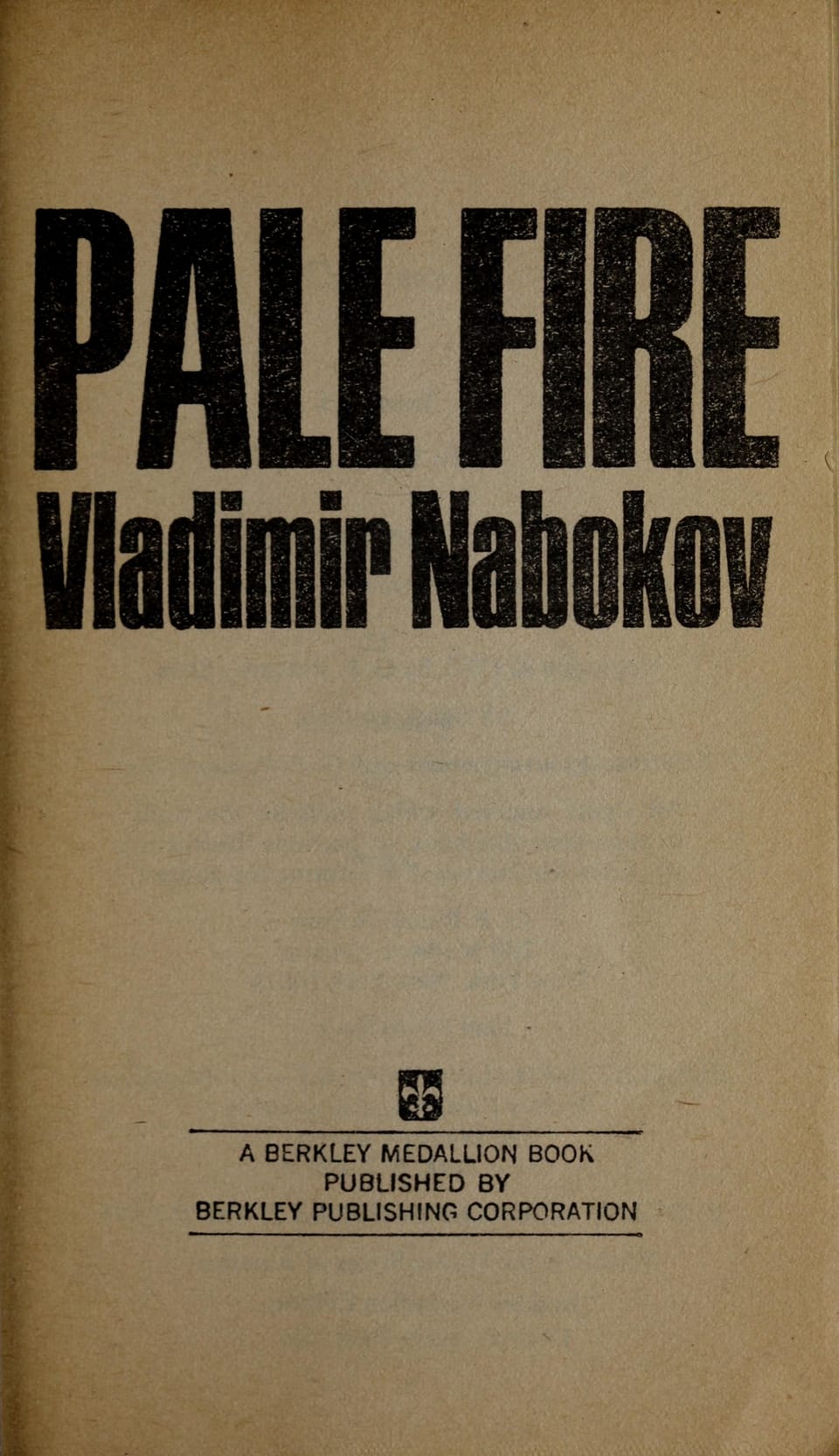Down and Out in Paris and London: Why Orwell’s First Book Still Matters
Explore Orwell's Down and Out in Paris and London—plot summary, themes, context, and why the 1933 classic still matters to readers and social critics today.

Introduction
Published in 1933, George Orwell’s "Down and Out in Paris and London" launched the career of one of the twentieth century’s most influential writers. Half memoir, half social reportage, the book documents Orwell’s descent into poverty in two great European capitals and records the voices of the working poor with an honesty that was rare for its time. More than eight decades later, readers continue to turn to these pages for sharp insight into class, inequality and the dignity of labour. This guide explores the book’s plot, themes, historical context and contemporary relevance.
Quick Synopsis
The narrative is split into two distinct but thematically linked halves. In Paris, a young Orwell—living under his real name, Eric Blair—finds himself penniless after his savings are stolen. He pawns his remaining possessions and takes a string of back-breaking jobs as a plongeur, the lowliest worker in the hotel and restaurant trade. He washes mountains of dishes in scalding water, scrubs floors until dawn and sleeps in squalid dormitories shared with migrant labourers, drifters and alcohol-soaked dreamers. Orwell’s eye for pungent detail turns every boiled rag and rusty saucepan into evidence for a larger social indictment.
The London section begins when a promised job in England falls through. Having sold his last suit and coat to pay for the Channel crossing, Orwell becomes a tramp and joins a ragged procession of itinerant men who walk from parish to parish to claim a cup of tea, a slab of bread and a night’s lodging in the stinking casual wards. Along the road he meets Bozo, a crippled pavement artist; Paddy, a cheery Irish vagrant; and an assortment of sailors, beggars and broken soldiers whose stories illuminate the hidden economy of charity and suspicion that governed Britain’s street life between the wars.
Main Themes
Poverty as Lived Experience
Unlike many middle-class commentators of his era, Orwell writes about poverty not as an abstract statistic but as a lived sensation—of cold feet, gnawing stomach, perpetual fatigue and, perhaps worst of all, boredom. The book insists that destitution is not ennobling; it is humiliating and corrosive, reducing ambition to the search for the next meal. This concrete evocation of hardship anticipates later sociological works that foreground the testimony of the poor themselves.
Class and Invisible Labour
Orwell’s months as a plongeur reveal how entire industries depend on hidden pools of underpaid labour. The gleaming dining rooms of Parisian hotels are only possible because unseen men and women toil in the basements for sixteen hours a day. By forcing readers to descend into those cellars, Orwell exposes the moral cost of cheap luxury and invites us to question the social hierarchies that keep some work out of sight and mind.
Dignity, Solidarity and Storytelling
Despite extreme deprivation, Orwell records moments of camaraderie: shared cigarettes, bawdy jokes, the collective triumph of finishing a shift alive. These small acts of solidarity challenge the stereotype that the poor are solely victims. They also foreshadow Orwell’s later political argument that human dignity depends less on income than on the ability to speak, organise and be heard.
Historical Context
The late 1920s and early 1930s were years of economic crisis across Europe. In France, an oversupply of migrant workers pushed wages down, while in Britain unemployment reached three million. Orwell, an ex-policeman fresh from Burma, wanted to shed his colonial identity and test his convictions about socialism. The resulting book sits at the crossroads of investigative journalism and modernist literature, echoing contemporaries such as Dos Passos and Henry Miller yet grounded in a distinctly English moral tradition that stretches back to Dickens.
Why the Book Remains Relevant
Today’s gig economy, with its zero-hour contracts and algorithmic bosses, bears an uncanny resemblance to the casual labour Orwell describes in Parisian kitchens. Urban homelessness is again on the rise, and debates about living wages, migrant labour and social safety nets dominate headlines. "Down and Out in Paris and London" reminds readers that behind every statistic is a human story—and that the language we use to discuss poverty can either illuminate or obscure that reality.
Tips for Modern Readers
If you are new to Orwell, start with the Paris chapters for their vivid pacing before moving to the slower, reflective London section. Keep a map handy; many of the streets and markets still exist, offering literary tourists a self-guided walk through history. For a richer understanding, pair the book with contemporary studies like Matthew Desmond’s "Evicted" or Barbara Ehrenreich’s "Nickel and Dimed" to trace how the mechanics of poverty have evolved—and how they have not.
Conclusion
More than a period piece, "Down and Out in Paris and London" is a timeless investigation into what society owes its most vulnerable members. Orwell’s unflinching prose refuses both sentimentalism and despair, challenging readers to acknowledge uncomfortable truths and to imagine fairer economic arrangements. In an age of widening inequality, the book’s blend of reportage, empathy and moral urgency feels as necessary as ever. Reading it is not merely an act of historical curiosity; it is a call to pay attention to the people washing our dishes and sleeping in our doorways today.



